Wigs, whose history dates back to 3400 BC and which has been referred to as “wigs” in daily language for nearly two centuries, have a permanent place in human history, although they sometimes increase and sometimes lose their popularization trend in this long process.
Expressed as a head covering created from real or artificial hair, wigs have been a fashion statement for centuries rather than just a fashion statement. status has become, to various symbols transformed and used as a costume at the same time.
Especially lawyers and judges What are the reasons behind the widespread use of wigs in countries such as Canada, Ireland, Jamaica and England, for which there are many striking and unbelievable reasons behind this use?
Before moving on to why curly wigs are still used in courts in Western countries, let’s take a look at the history of wigs.
It was very difficult for the Egyptians to deal with hair in hot weather due to the climatic conditions they were in, and for this reason, they found the solution to shave their hair. They didn’t like this bald look very much and cover their heads and protect from the sun They used wigs.

However, the wigs worn by the upper class and the wigs used by the lower class were quite different. lower classes, of wool and leaf fibers when using made wigs; the upper class wore wigs made of human hair. There were even some made of silver.
The use of wigs was also a partial solution to getting rid of head lice.
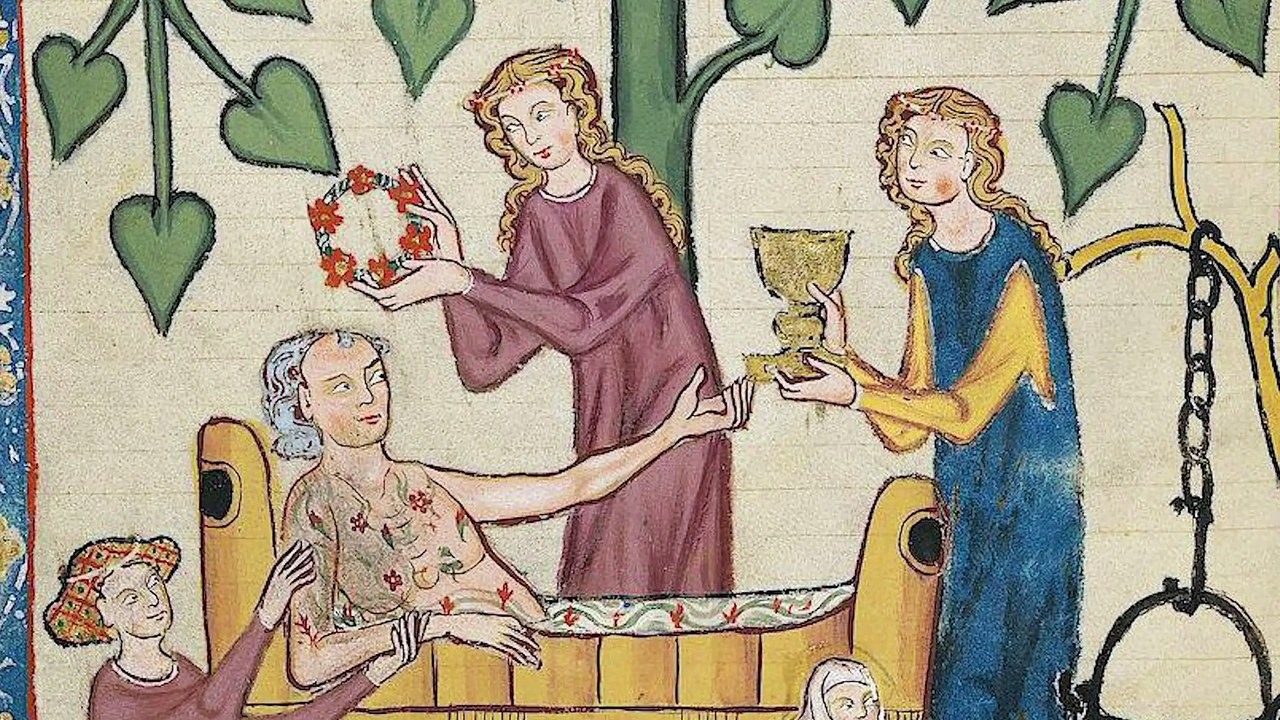
Head lice were a huge problem in the Middle Ages, and the new fashion for wigs was trying to prevent this infestation. an alternative way had become. As wigs became an everyday accessory, people shaved their own hair accordingly.
Shaved heads had solved the problem of head lice, but very soon the lice got on the wigs this time. Still, it was much more advantageous for lice to infect wigs rather than real hair. At this point, wig makers are making wigs with lice. throwing into boiling water specialized in removing these pests.
Rather than these, there was another rather striking reason for using wigs: syphilis.

Syphilis, which began to spread in Europe in the 1490s, smallpox or French disease It is also known as a sexually transmitted disease. At that time, there was no cure for this disease, as a medicine had not yet been invented to cure this disease.
Among the symptoms of this disease uneven hair loss and open sores there was. The rise of syphilis was almost rival to the black plague and caused a great change in fashion. Accordingly, Europeans began to wear wigs to hide their bald heads and scars.
In 1673, France established a guild for wig masters, and a century later almost close to 1,000 There was a wig shop.
Syphilis was not only a sexually transmitted and incurable disease, but also a major social disaster.
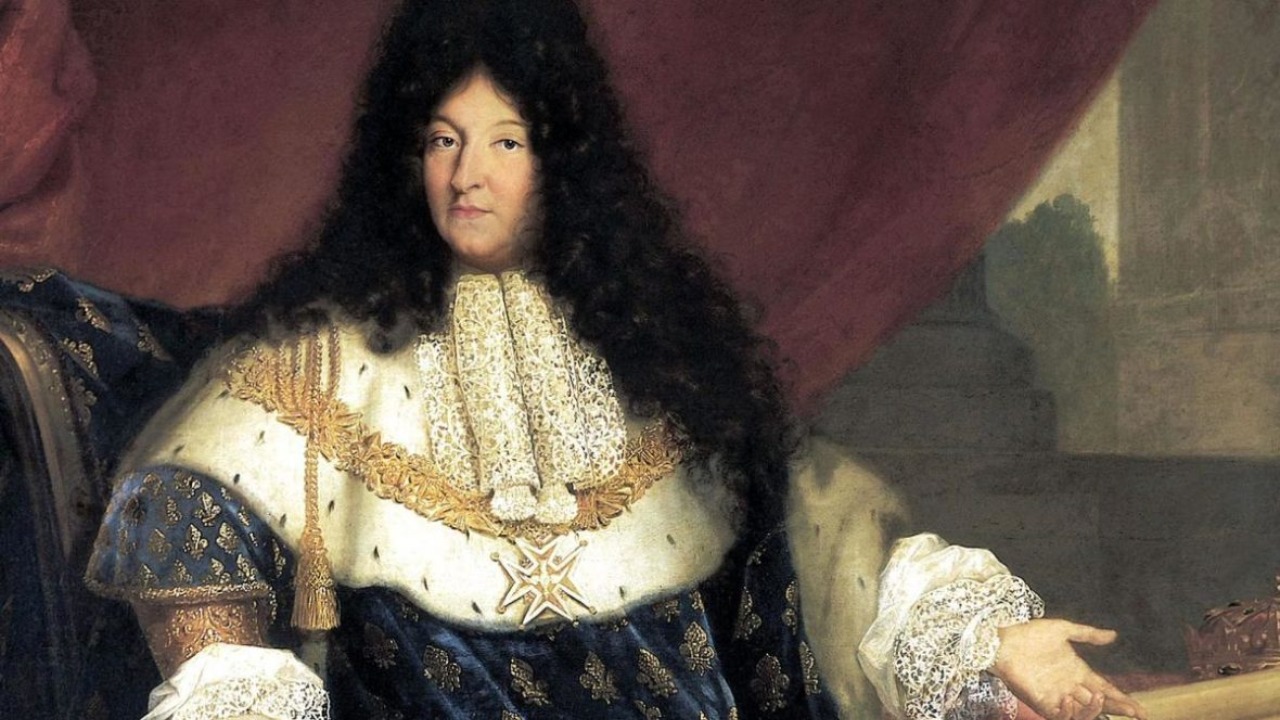
Baldness during the period man’s reputation It was a pretty devastating situation. Samuel Pepys, a talented bureaucrat, wrote the following words in his diary when he learned that his brother had syphilis:If my brother lives, he will never show his head. Because it will be a great shame for our family and for him.”
Louis XIV, France’s longest-reigning and also known as the Sun King, started using wigs at a young age, as he began to go bald. Thinking that this situation damaged his image, Louis 48 wig masters had taken. Although the king’s wigs concealed his baldness, rumors of syphilis did not stop him.
In AD 313, when Christianity became a legal religion in Rome, the church began to criticize wearing wigs, declaring it a greater sin than adultery.
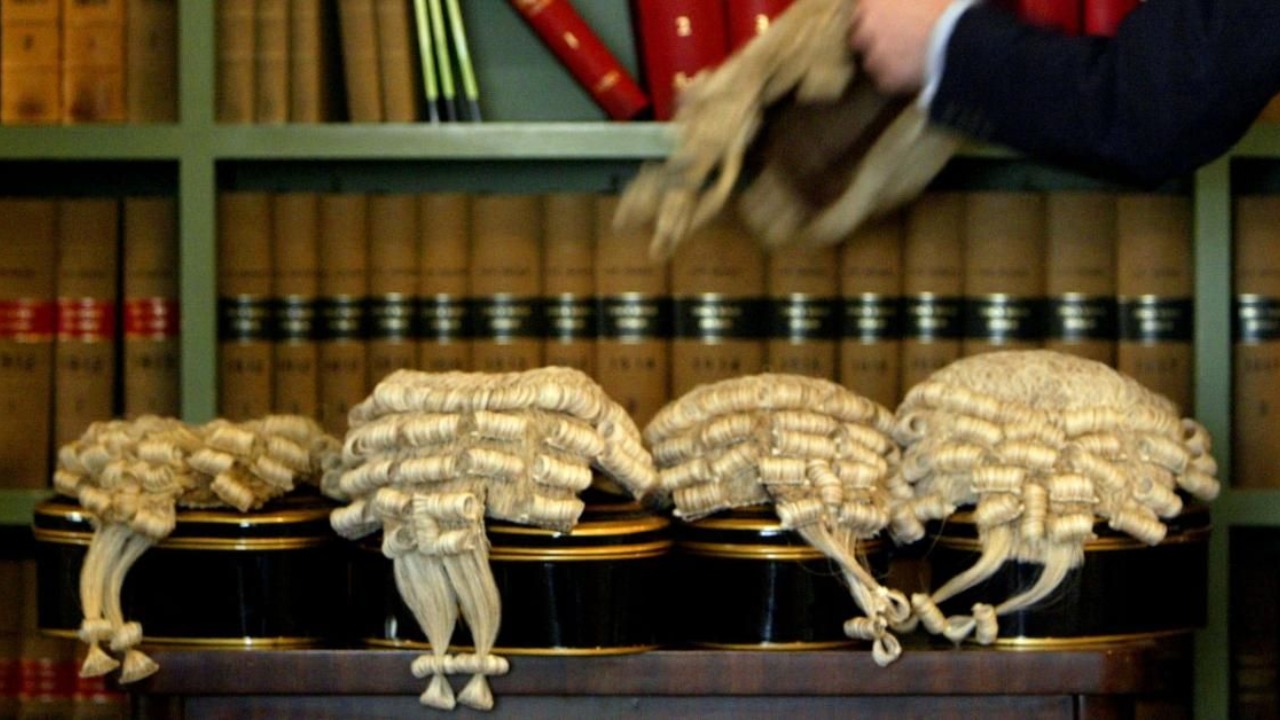
On the other hand, in the Middle Ages, the church ordered married women’s hair to be covered and aimed to gradually reduce the use of wigs. In fact, besides his various negative opinions about wigs, he associated with demons.
However As the Middle Ages come to an end The popularity of wigs has gained momentum again. The beginning of the reign of Queen Elizabeth was also effective in this rise.
Given that Queen Elizabeth I of England was famous for an elaborate, tightly curled red wig; As wigs became more popular, they became a status symbol that people used to flaunt their wealth.
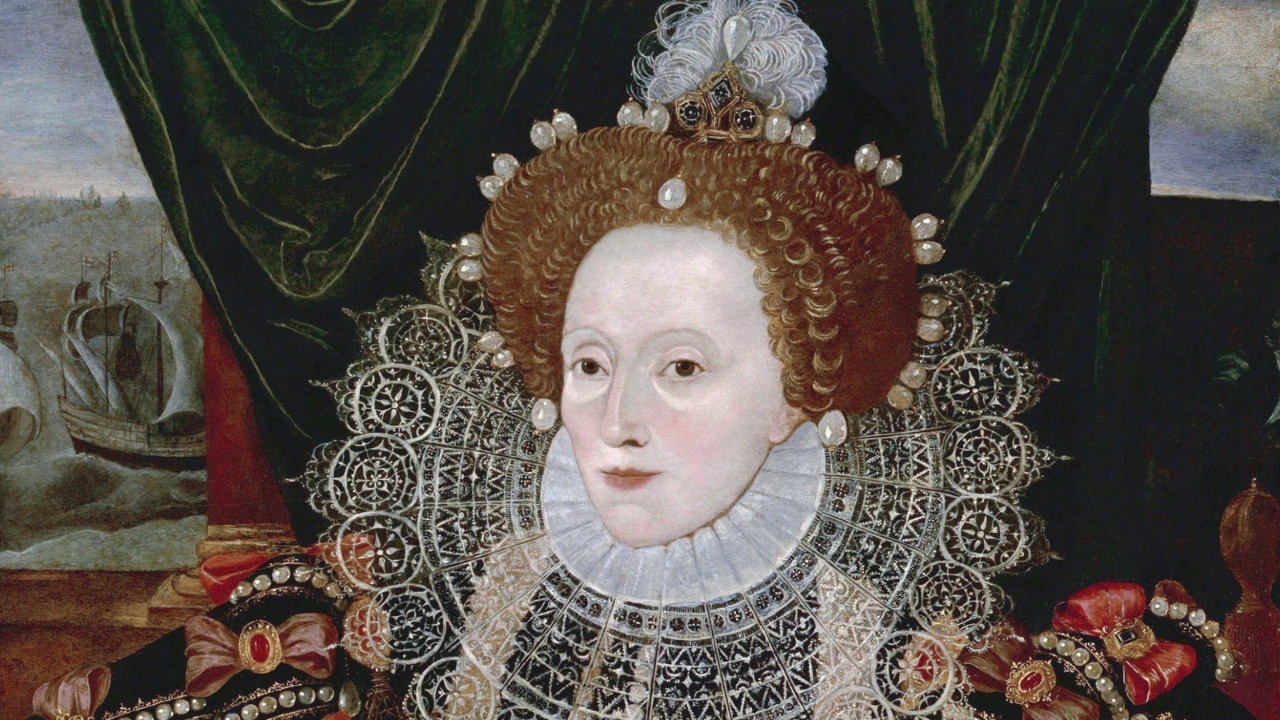
A daily wig cost then 25 shillings, which was then the equivalent of a week’s salary for a Londoner. Wigs that completely cover the hair roots were sold at a higher price in the first place. Wigs were so fashionable during the period that the lower class, who could not afford wigs, make your natural hair look like a wig went to shape for the purpose.
On the other hand, the spread of wigs opened the door to the emergence of the profession of hairdressing, which inspired creativity. In this direction wig industry developed and various wigs began to be designed in different lengths, colors and models.
The 17th century was a time when wigs became seriously popular with both men and women.
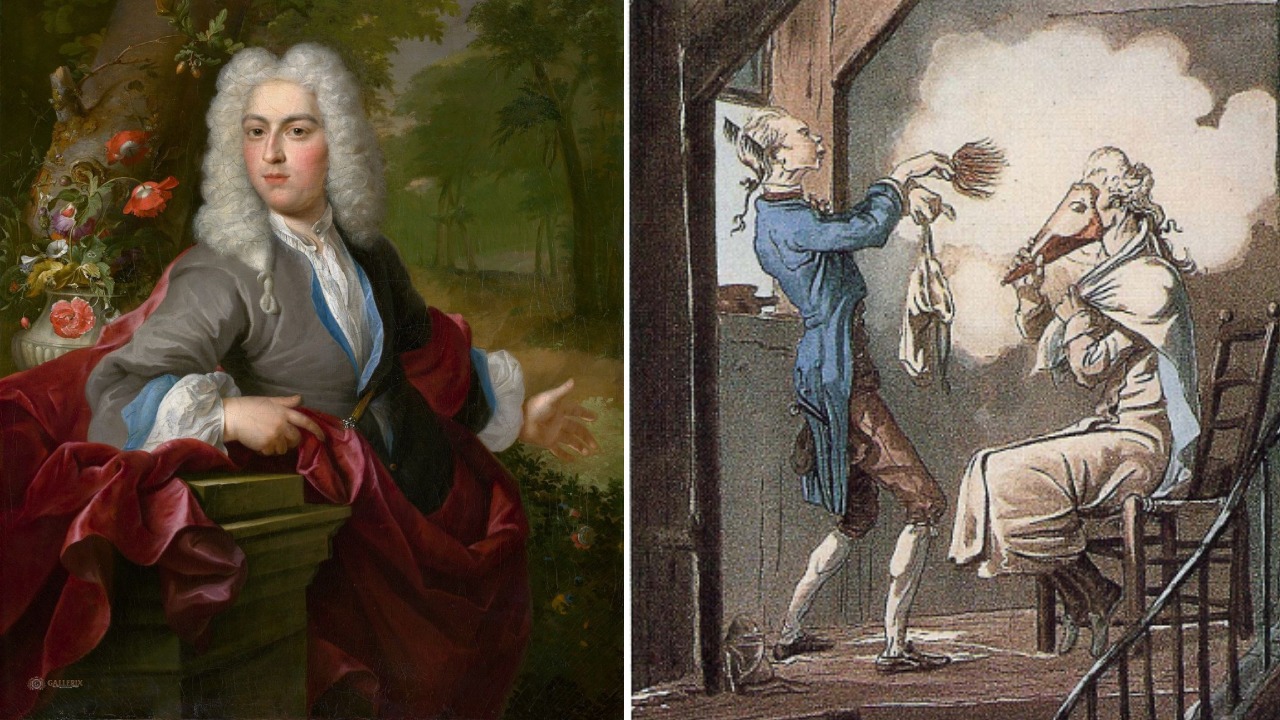
Usually to hide thinning hair fake hair pieces Even the king of France, who used it, eventually switched to wigs. The servants shaved the king every day and wore a wig on him.
Hair in this age how thick and long it was that good. The upper classes had two types of wigs: the “full wig” for important and official events and the much more “smaller wig” for wearing at home.
Another trend of the 17th century is considered quite stylish. they were white wigs. Hairdressers had chosen to powder these wigs to give them a more glamorous look.
By the second half of the 18th century, wigs had been the focus of attention for women rather than men.
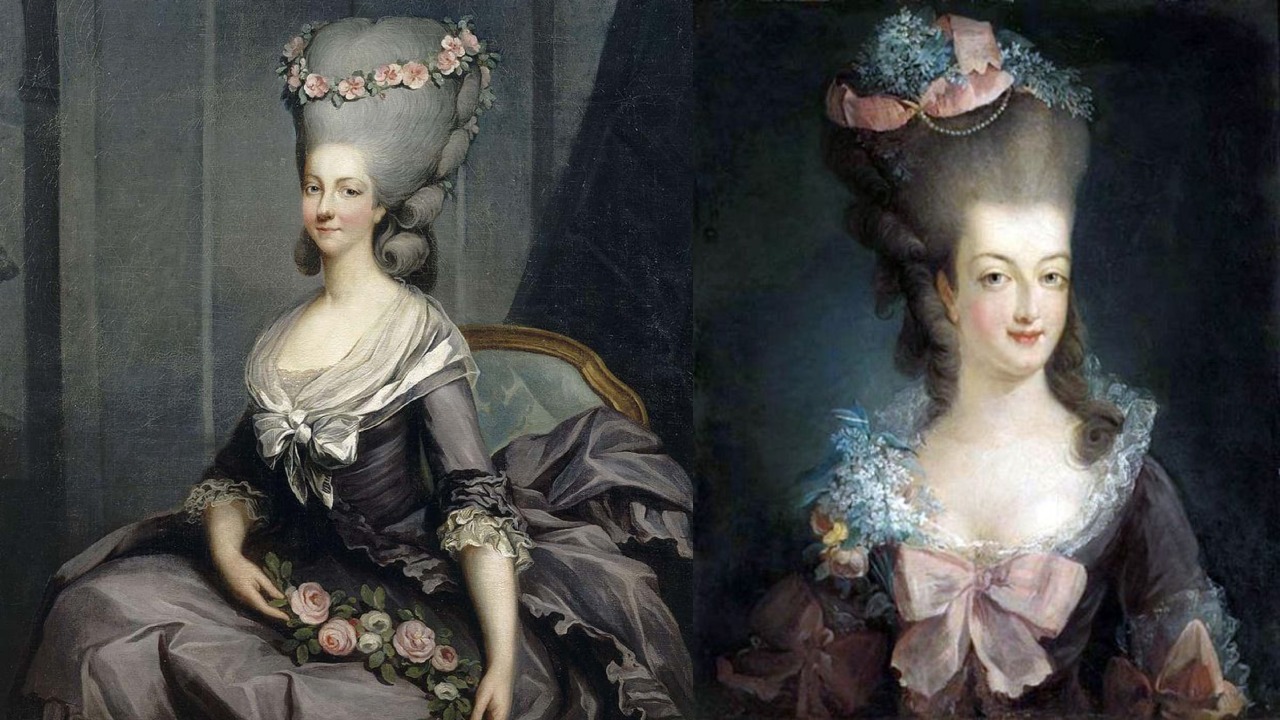
Aristocratic and royal women, whose wig styles are quite different from men’s, wore their natural hair. with hair pieces or various hair extension methods was shaping. Wigs containing many scents, especially lavender and orange scented hair powders, were used.
In addition, in terms of color gray, blue or even violet Various colors, such as wigs, were among the elements that differentiated them. Women’s wigs are another feature that differs from men’s. with jewellery, precious stones and various ornaments. It was rigged and quite heavy.
There are several reasons why British lawyers and judges continue the tradition of wearing wigs today.

The first of these is that wigs have been variously used since their emergence. symbols continue to be adopted.
Lawyers and judges often wear wigs power and respect for the law They accept it as an indication of the court, and even if a lawyer does not wear a wig, it is seen as a contempt of court.
Another reason is to aim to paint an “anonymous” image.
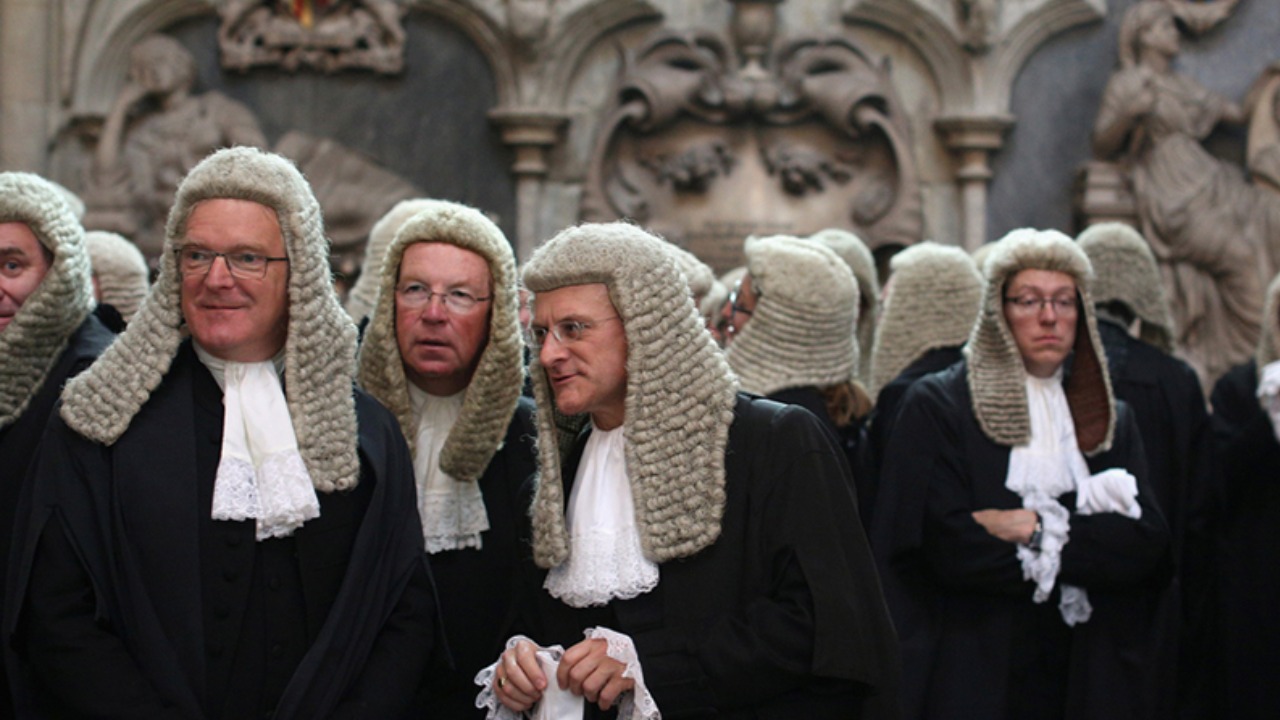
Ethnicity, race, financial strength, social status Lawyers and judges who want to express that they are fulfilling their duties, free from all such elements, aim to draw attention to the rule of law visually by wearing wigs.
On the other hand, wigs can be considered as a uniform, and the use of a uniform, regardless of profession. order, organization and sense of duty reflects. In this direction, lawyers still continue to use wigs today.
RELATED NEWS
